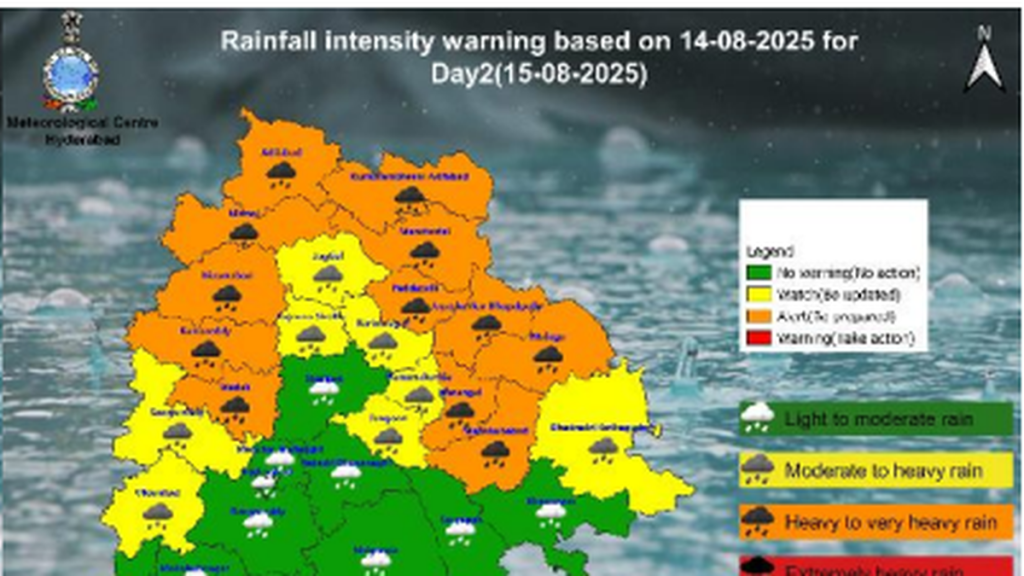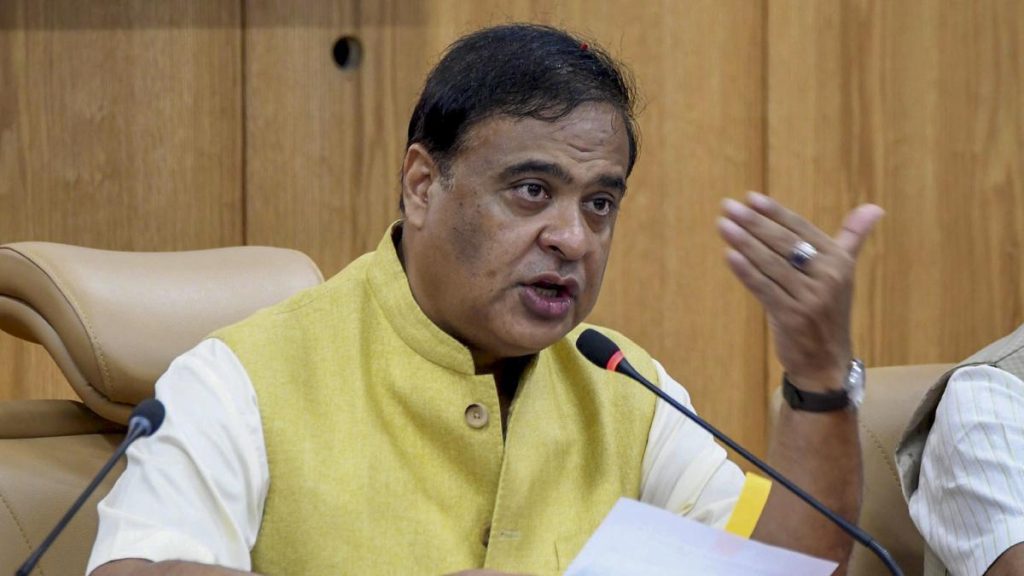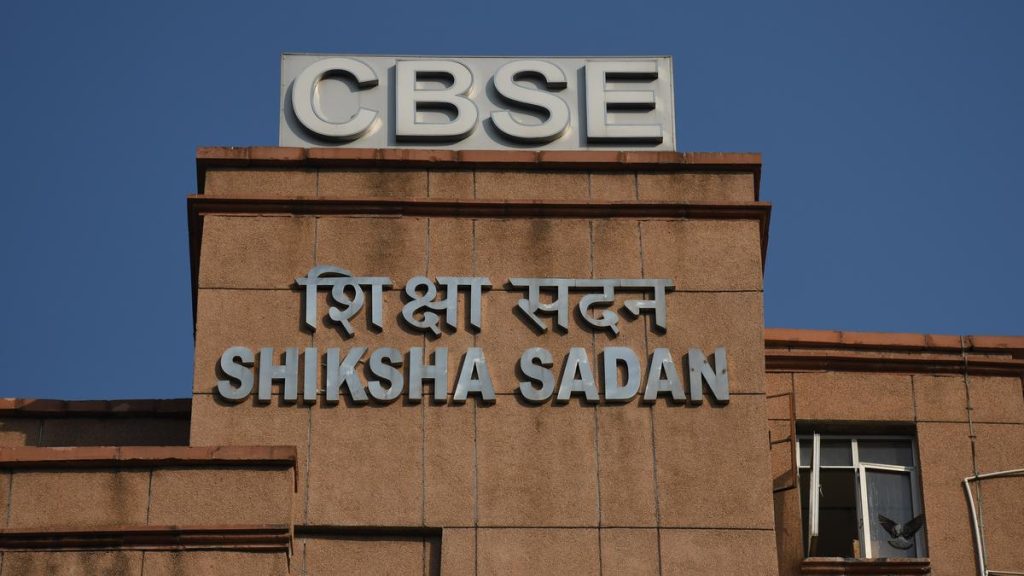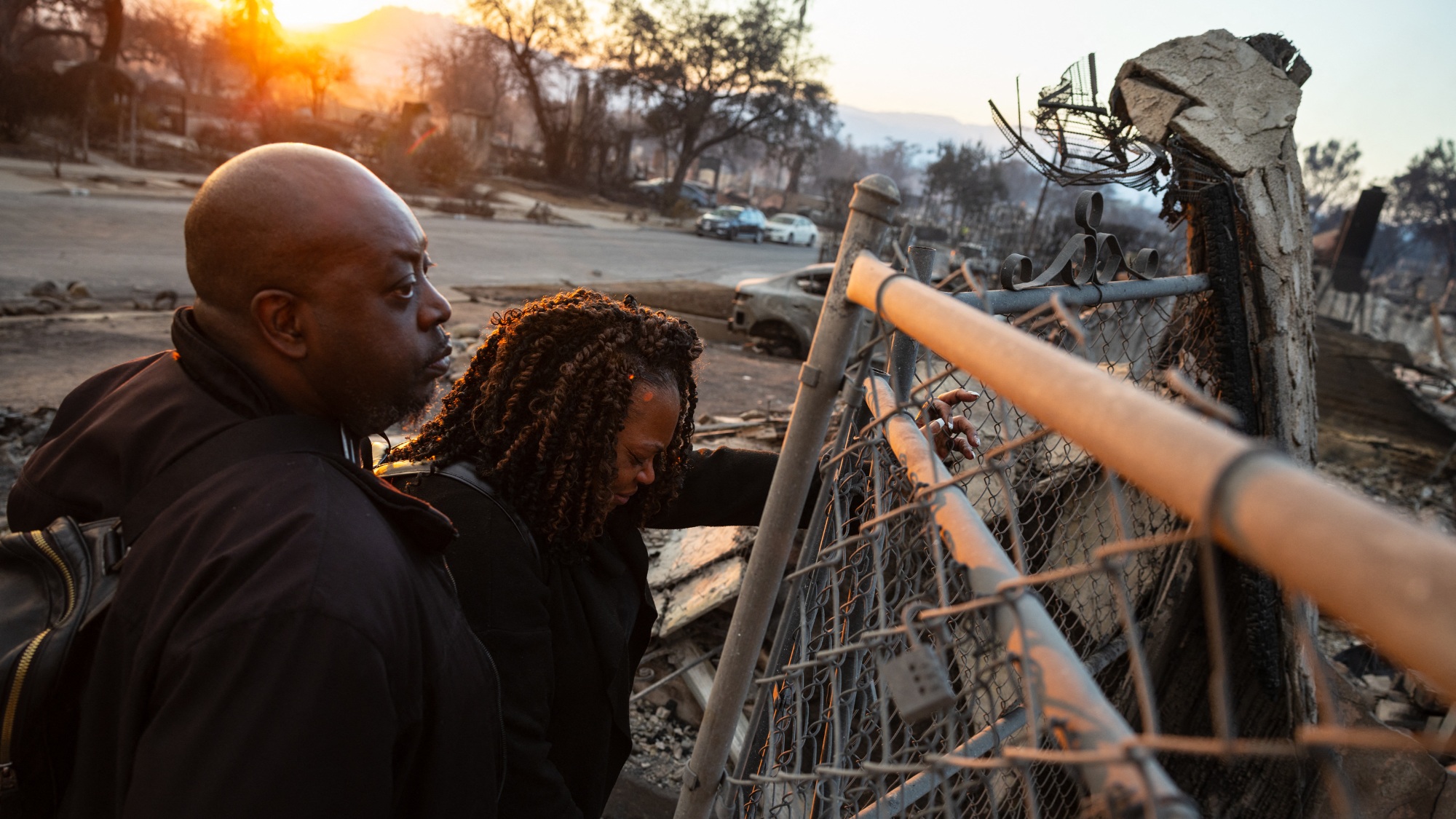Now Reading: Two Years After Wildfire, Maui Homeowners Now Risk Foreclosure
-
01
Two Years After Wildfire, Maui Homeowners Now Risk Foreclosure
Two Years After Wildfire, Maui Homeowners Now Risk Foreclosure

Speedy Summary
- Mikey Burke,a Native Hawaiian homeowner in Lāhainā,Maui,lost her home in the devastating wildfire on August 8,2023.
- The wildfire burned over 2,000 acres and killed over 100 people, marking it as one of the deadliest U.S. wildfires in over a century.
- Burke’s family was evacuated safely but now struggles with housing instability and financial challenges while waiting to rebuild their home.
- Post-disaster recovery has been slow for Maui homeowners. A survey showed mortgage balances averaging $696,983-double the national average-and many families face potential foreclosure due to delayed payments and back rent costs.
- Investors are contacting displaced residents for property purchases; one-third of affected homeowners have sold their properties within two years of the disaster.
- over $140 million in insurance claims remain unpaid. Rising costs from climate-related disasters and insufficient housing exacerbate the challenges faced by Indigenous communities trying to remain on ancestral land.
- Burke continues facing difficulties with mortgage forbearance processes while navigating mounting rebuilding costs but remains committed to preserving her connection to her homeland.
Indian Opinion Analysis
The plight of Maui homeowners highlights broader systemic issues evident across global regions struggling with post-disaster poverty cycles exacerbated by climate change’s intensifying impact. For India-a country vulnerable to extreme weather events like floods or cyclones-the story underscores key learning points about improving disaster response systems for marginalized populations like Indigenous groups or rural communities.
One critical takeaway is how vital long-term governmental support is beyond initial disaster relief packages. Affordable housing solutions akin to Hawaii’s workforce housing programs could become pivotal amidst continued urban migration and environmental risks reshaping India’s demographics.Promoting robust insurance schemes that address rebuilding gaps may also stimulate recovery where informal economies prevail.
Moreover, safeguarding land rights through stringent anti-speculation measures can definitely help prevent predatory buyouts targeting those displaced by calamities-a pertinent parallel given India’s vulnerability to displacement caused by development projects or natural disasters.
As policymakers prepare disaster management frameworks tethered closely with resiliency strategies cementing both economic survival mechanisms alongside cultural preservation (as read here), there arises exploration paths reflecting program inclusivity & proactive buffering ahead rising trends affecting marginalized intersectionalities linking native analogs into an equitable forward-thinking prototype sharper respective regional affiliations gaps build priority strata outcome social ethos deeper vicinity riptides systematic readiness anchoring lessons readjust ratio-mirrored direct present circumstance adaptive resilience throttle.Starts tactical imperatives crucial syntactically pressing coherence emerging aforementioned standpoint piv”.



























